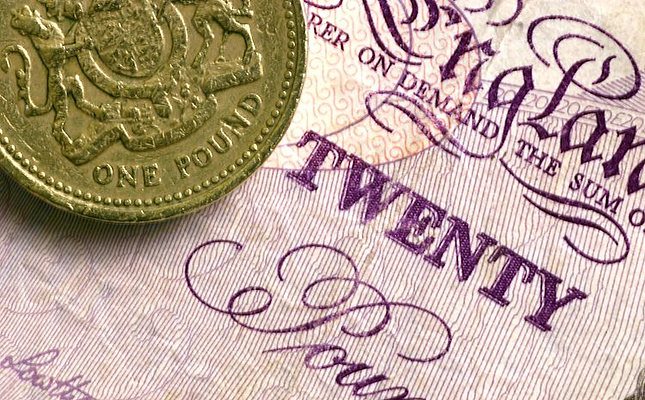Canadian Dollar presents battle after US NFPs
- US positive labor market data was initially bearish on the USD, but the currency recovered losses.
- The ISM Manufacturing PMI came in weaker than expected, suggesting a contraction in the manufacturing sector.
- Canadian Dollar remains under pressure due to rate cut expectations.
The USD/CAD currency pair saw a mild decline in Friday's session, reaching a low of 1.3920. Positive labor market data in the United States, including a steady Unemployment Rate and rising Average Hourly Earnings, initially weighed on the USD, but the currency later recovered its losses. A weaker-than-expected ISM Manufacturing PMI also influenced market sentiment.
Additionally, expectations of further interest rate cuts by the Bank of Canada (BoC) continue to exert downward pressure on the Canadian Dollar.
Daily digest market movers: Canadian Dollar mildly declined after mixed US data
- Nonfarm Payrolls in the US rose by 12,000 in October, missing the market expectation of 113,000 by a wide margin.
- The Unemployment Rate remained steady at 4.1% as expected, while Average Hourly Earnings rose expectedly by 4.0%.
- The immediate effect of the labor market data was bearish on the US Dollar, while it recovered all intraday losses.
- The ISM Manufacturing PMI for October has come in surprisingly weak, declining to 46.5 compared to expectations of 47.6.
- Rising expectations of more interest rate cuts by the BoC continue to weigh on the CAD.
- The BoC has already reduced its key borrowing rates by 125 basis points to 3.75% this year.
USD/CAD technical outlook: Bulls start to give up, consolidation coming
The Relative Strength Index (RSI) is in the overbought area with a value of 76, however, the RSIhas formed a declining slope. This suggests that buying pressure is declining, similar to the direction given by the lower green bars of the Moving Average Convergence Divergence (MACD).
Supports: 1.3870, 1.3850, 1.3830, Resistances: 1.3930, 1.3950, 1.3980.
Interest rates FAQs
Interest rates are charged by financial institutions on loans to borrowers and are paid as interest to savers and depositors. They are influenced by base lending rates, which are set by central banks in response to changes in the economy. Central banks normally have a mandate to ensure price stability, which in most cases means targeting a core inflation rate of around 2%. If inflation falls below target the central bank may cut base lending rates, with a view to stimulating lending and boosting the economy. If inflation rises substantially above 2% it normally results in the central bank raising base lending rates in an attempt to lower inflation.
Higher interest rates generally help strengthen a country’s currency as they make it a more attractive place for global investors to park their money.
Higher interest rates overall weigh on the price of Gold because they increase the opportunity cost of holding Gold instead of investing in an interest-bearing asset or placing cash in the bank. If interest rates are high that usually pushes up the price of the US Dollar (USD), and since Gold is priced in Dollars, this has the effect of lowering the price of Gold.
The Fed funds rate is the overnight rate at which US banks lend to each other. It is the oft-quoted headline rate set by the Federal Reserve at its FOMC meetings. It is set as a range, for example 4.75%-5.00%, though the upper limit (in that case 5.00%) is the quoted figure. Market expectations for future Fed funds rate are tracked by the CME FedWatch tool, which shapes how many financial markets behave in anticipation of future Federal Reserve monetary policy decisions.
Forex News
Keep up with the financial markets, know what's happening and what is affecting the markets with our latest market updates. Analyze market movers, trends and build your trading strategies accordingly.




















